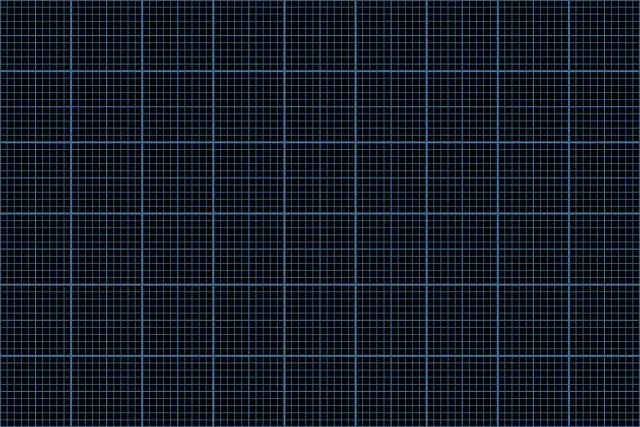Delta 8 THC, a synthetic cannabis compound with milder effects than Delta-9 THC, has gained popularity for its recreational and medicinal benefits without intense side effects. While alternative compounds grow in market share, the strongest red kratom strains remain unique for their potent relaxation and energy-inducing properties, appealing to users seeking diverse experiences within the synthetic landscape.
“Unveiling the mysterious world of Delta-8 THC, a synthetic compound mimicking cannabis, offers a unique psychoactive experience. This article delves into the captivating effects and potential benefits of this emerging trend. From its chemical structure to its impact on users, we explore how Delta-8 differs from traditional cannabis. Additionally, we uncover the role of strongest red kratom strains as alternative synthetic cannabis options, providing insights for those seeking distinctive, potent experiences.”
- Understanding Delta 8 THC: Unraveling the Psychoactive Properties
- Exploring Synthetic Cannabis Alternatives: The Role of Delta 8 Red Kratom Strains
Understanding Delta 8 THC: Unraveling the Psychoactive Properties

Delta 8 THC, a synthetic compound derived from cannabis, has gained significant attention for its psychoactive effects, often compared to those of traditional Delta-9 THC but with potentially less intense consequences. This isomer of tetrahydrocannabinol (THC) binds to the same receptors in the brain as its more well-known counterpart, leading to similar sensations of euphoria, relaxation, and heightened sensory perception. However, research suggests that Delta 8 may produce these effects with a lower likelihood of anxiety or paranoia, making it an appealing option for those seeking recreational or medicinal relief without the intense “high” associated with Delta-9 THC.
Unlike some of the strongest red kratom strains known for their potent analgesic and stimulant properties, Delta 8 THC offers a unique profile. Its subtle differences in molecular structure lead to varying experiences, often described as more mellow and clear-headed compared to Delta-9 THC’s more sedative effects. This distinctiveness has sparked interest among individuals looking for alternative options within the cannabis-like compounds category, seeking both recreational enjoyment and potential therapeutic benefits without the intense side effects that may accompany stronger substances.
Exploring Synthetic Cannabis Alternatives: The Role of Delta 8 Red Kratom Strains

In recent years, as the market for alternative cannabis compounds expands, Delta 8 THC has emerged as a popular synthetic option. Those seeking a milder high compared to traditional cannabis often turn to it. Among these alternatives, red kratom strains play a notable role. Known for their potent effects and unique properties, strongest red kratom strains offer an experience distinct from Delta 8 THC, appealing to users looking for diverse options in the synthetic cannabis landscape.
These red kratom varieties are celebrated for their ability to provide both relaxation and energy, making them versatile choices for various purposes. The specific compounds within these strains contribute to their psychoactivity, catering to a wide range of preferences. As users explore synthetic cannabis alternatives, understanding the nuances of strongest red kratom strains can offer valuable insights into the diverse world of psychoactive plants and compounds.
Delta 8 THC, with its unique psychoactive profile, offers an intriguing alternative to traditional cannabis. As research continues, understanding its effects becomes paramount, especially in the context of synthetic cannabis-like compounds. The exploration of Delta 8 Red Kratom strains highlights the diverse range of synthetic alternatives available, catering to those seeking potent experiences without breaking the law. Among the strongest red kratom strains, Delta 8 THC presents a promising avenue for both recreational users and medical researchers alike, opening doors to potential therapeutic benefits while navigating the legal grey areas.





